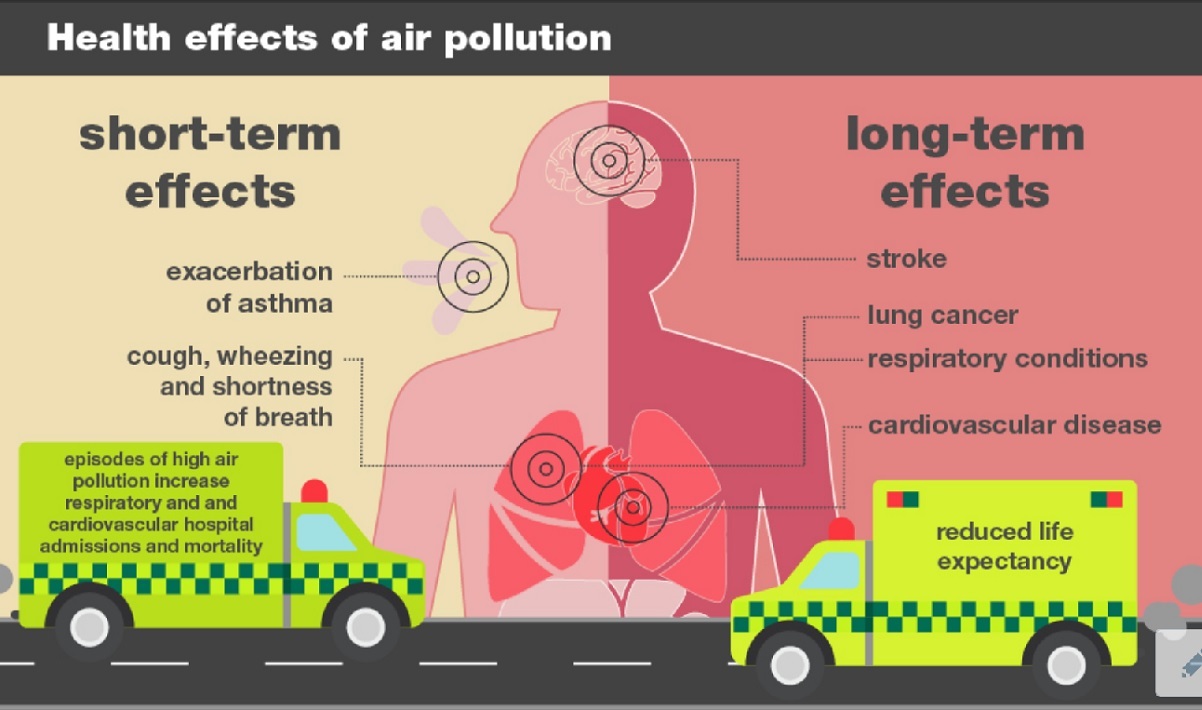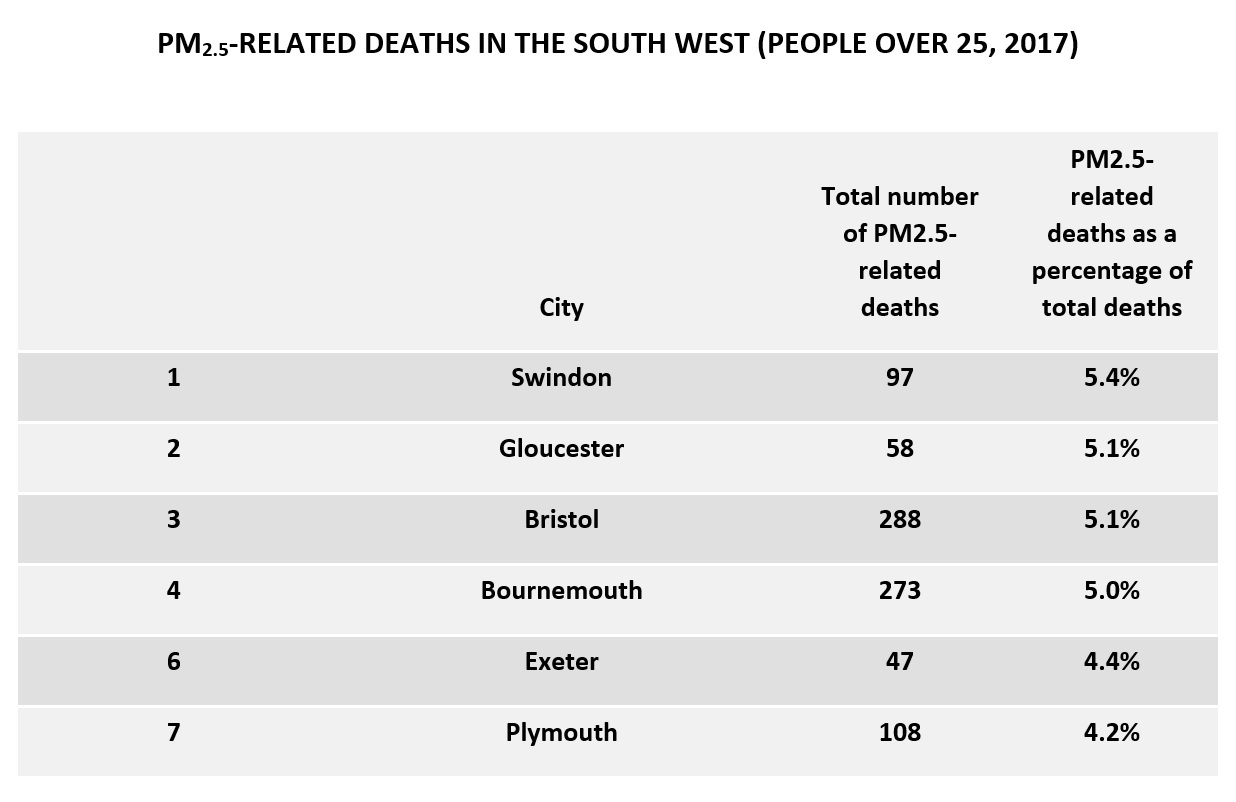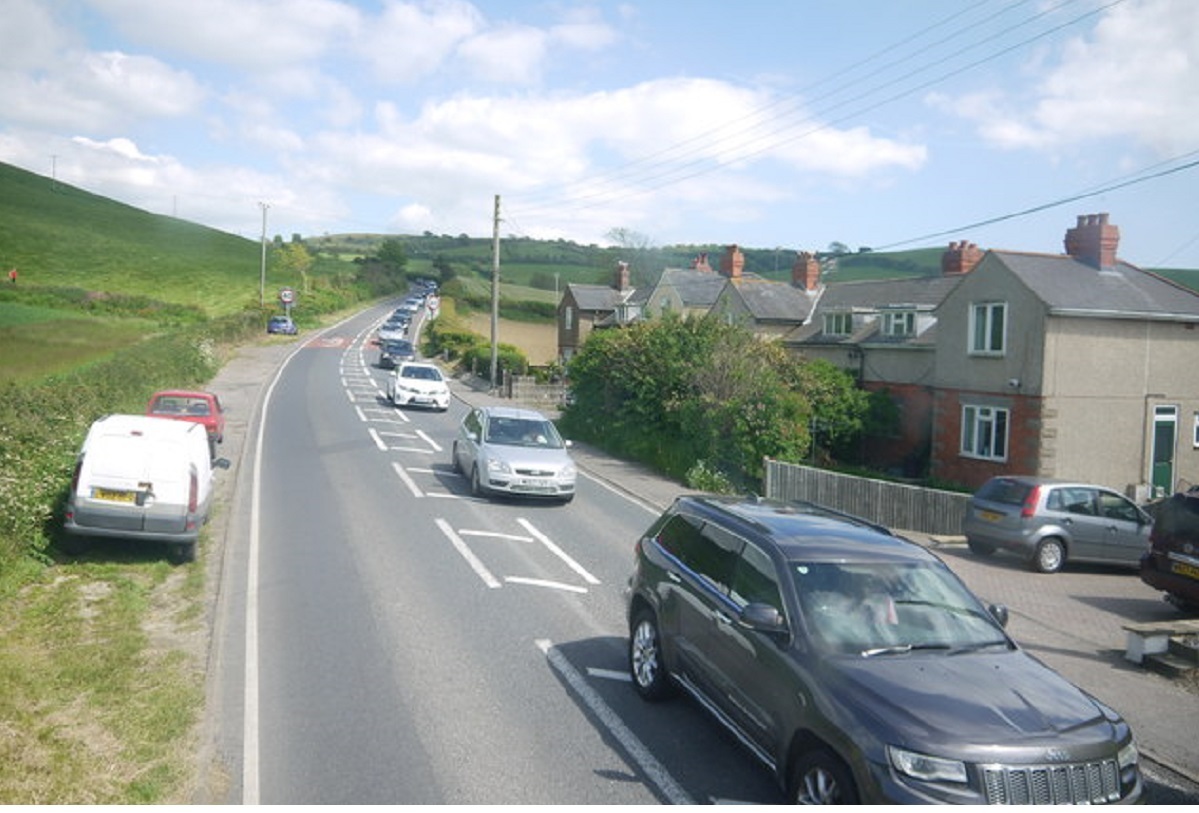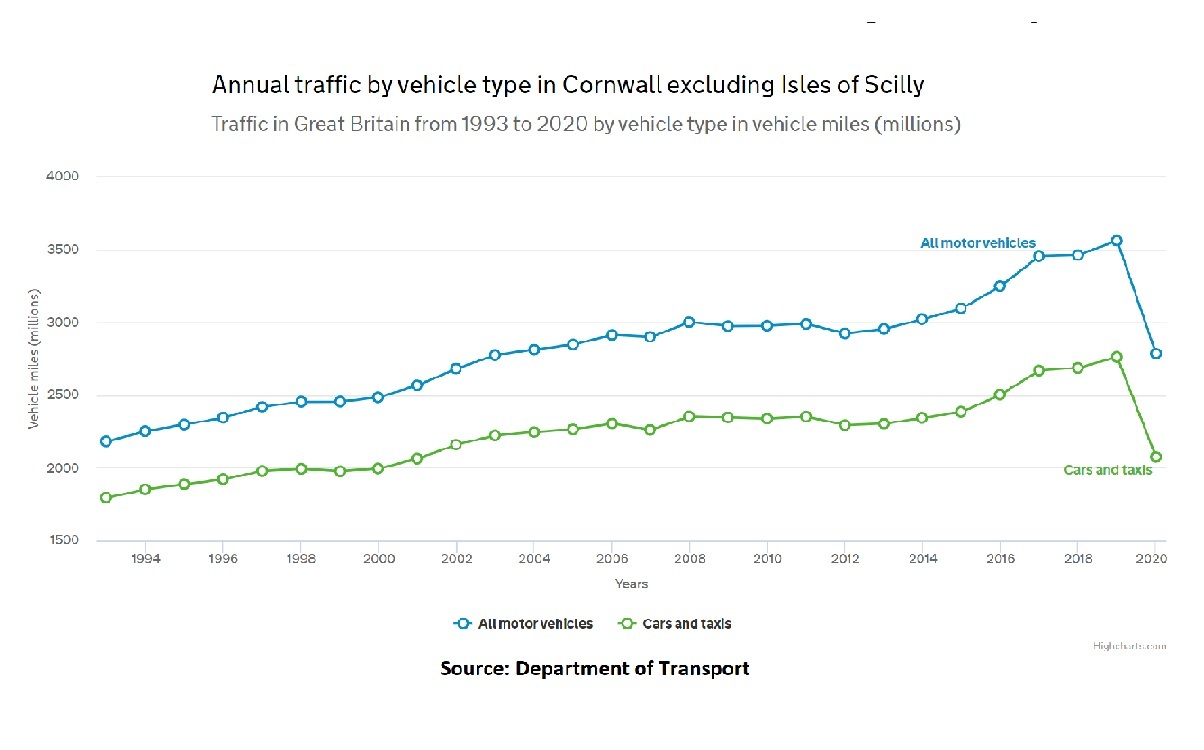
A Bill led by Baroness Jenny Jones through the House of Lords received strong cross-party support at its second reading today and holds out a real opportunity to save tens of thousands of lives every year, while greatly improving the quality of life in towns and cities across the country – including the South West.
Ella Roberta Adoo Kissi Debrah was a bright, creative girl who loved music, sport, drama and reading. She enjoyed her school in South London and dreamed of being an air ambulance doctor when she grew up.
But she never was to grow up.
Around her seventh birthday, Ella began to experience severe asthma attacks. These led to 30 emergency hospital admissions over the next two years. And in February 2013, three weeks after her ninth birthday, Ella suffered a fatal attack.
After her death, Ella’s mother, Rosamund Kissi Debrah, became aware of the links between asthma and air pollution. Working with medical experts and human rights lawyers, she pressed for a fresh inquest to determine the cause of Ella’s death.
It took six years of campaigning, but in 2019 Rosamund finally secured another inquest. And the coroner’s findings were stark:
“Air pollution was a significant contributory factor to both the induction and exacerbations of her asthma. During the course of her illness between 2010 and 2013 she was exposed to levels of nitrogen dioxide (N02) and particulate matter in excess of World Health Organization Guidelines. The principal source of her exposure was traffic emissions. During this period there was a recognised failure to reduce the level of NO2 to within the limits set by EU and domestic law which possibly contributed to her death.”
It was a landmark finding – Ella was the first person in England to have air pollution listed as a cause of death. But she was very far from being the only person killed by air pollution that year. In fact, government figures estimate that well over five per cent of all deaths in England every year are at least partly attributable to such pollution – around 30,000 people annually. The Royal College of Physicians puts this figure even higher, at around 40,000 deaths a year.

The coroner’s report was by no means the end of the matter for Rosamund Kissi Debrah. She was determined to put an end to the inaction that has seen countless other children – and indeed people of all ages – exposed to life-changing and often fatal illness from air pollution.
Working with the foundation that she had set up in Ella’s name, she has campaigned for a change in the law to recognise the right to breathe clean air as a basic human right.
Rosamund is a key driving force behind the Clean Air (Human Rights) Bill proposed by the Green Party peer Baroness Jenny Jones, which received its second reading in the House of Lords on 8 July. The Bill is being called Ella’s Law and, with Ella’s mother in the House for the debate, peer after peer applauded her powerful campaigning for the right to breathe clean air to be recognised in law as a basic human right.
But establishing a right without any means to enforce it is practically meaningless. So the Bill sets out in detail a requirement for local authorities to bring air quality up to minimum World Health Organization (WHO) standards within five years, and for national government to give them the support they need to do this.
It would also require the Environment Agency and the Committee on Climate Change to review pollutants and limits annually, and advise the Secretary of State if these need tightening. And it would establish a Citizens’ Commission for Clean Air to annually review the Secretary of State’s compliance with the law.
As the cross-bench peer Baroness Bryony Worthington said today, the Bill is “an opportunity to do something bold, something ground-breaking, which would be a fitting legacy for Ella, her family and her supporters.” This is serious and far-reaching legislation that gives real teeth to the idea that clean air is not just a right, but one that government has a duty to protect. And so it needs to be, given the scale of the problem.
In a major 2020 report, the Centre for Cities noted that more than 40 of the UK’s major towns have air pollution levels way above minimum WHO safe standards. And this is by no means confined to cities such as London and Birmingham.
Here in the South West, the Centre estimates that more than one in 20 deaths in the region’s largest cities and towns is related to long-term exposure to air pollution – getting on for a thousand people in 2017.

One of our region’s towns, Bournemouth, is among the worst in the country in terms of the number of days in the year on which air quality registers at over 4 on the Daily Air Quality Index (DAQI), which measures air quality on a scale from 1 (low) to 10 (very high), based on five pollutants. A score of 4 or more indicates pollution levels that can affect adults and children with lung or heart problems – and Bournemouth was over this level on 62 days of the year in 2017.
Plymouth and Exeter both emerged from the report with relatively high scores for fine particulates (PM2.5), one of the most damaging types of air pollution, with more than four per cent of deaths in both cities being related to exposure.

Even outside towns, air quality can sometimes be alarmingly poor. Chideock, a small village in Dorset between Bridport and Lyme Regis, has the dubious distinction of being England’s worst air pollution hotspot. The constant flow of traffic through the village on the A35 – partly tourists heading to the Jurassic Coast but also many HGVs – means that it has higher levels of NO2 pollution even than the Strand and the Euston Road in central London. NO2 causes a range of respiratory symptoms and high levels are associated with significantly increased mortality.
I moved with my family to Cornwall from London in 2001, and it was partly the fact that our four-year-old daughter was developing asthma that prompted the move. We’d figured that her breathing difficulties were related to the very poor air quality where we lived and, sure enough, they cleared up within months of moving.
Yet even in Falmouth, half-way down a peninsula that juts out into the Atlantic, air quality fails to meet two WHO guidelines, for PM2.5 particulates and NO2. This may be partly to do with the large cruise ships and navy vessels that are often in the harbour, running their diesel engines night and day, but is also certainly related to levels of road traffic, which have increased dramatically in the past 20 years.

As the Centre for Cities has noted, although reduced road traffic during the pandemic led to a dramatic improvement in air quality in many urban areas – NO2 concentration levels more than halved in some cases during the first lockdown – this was short-lived:
“When restrictions were lifted air pollution returned to pre-pandemic levels in 39 out of 40 cities and large towns studied.”
Ella’s Law drew broad cross-party support in the House of Lords today, with many Liberal Democrats, independent peers and even some Conservatives speaking passionately in support and sharing personal stories of the impacts of air pollution on members of their own families. It is also being backed by some strong voices within the Labour Party, including Geraint Davies MP, interim chair of Parliament’s Environment Food and Rural Affairs Committee.
London Mayor Sadiq Khan has spoken powerfully about why he is backing the Bill, noting that “the health burden of exposure to air pollution falls most often on the poorest and most deprived neighbourhoods. This is a social and racial justice issue, and no-one should have their health or life chances harmed because of the air they breathe.”
The Bill will proceed to committee stage in the Lords in early September and, if all goes well, move on to the House of Commons later in the year. Is it too much to hope that MPs could get behind it in sufficient numbers to make Ella’s Law a reality?
Perhaps. But we should remember that there were many who thought the first Clean Air Act in 1956 would be impossible to achieve. That Act was highly effective in removing the choking smog that resulted from coal-burning in Britain’s cities.
Nearly 70 years on, air pollution – less visible but no less deadly – is once again killing tens of thousands of people every year and badly damaging the health of millions of others. It’s way past time that we did something serious about it.
Find out more about Ella’s Law and how you can support it here. To find about air quality around your own home, use the postcode tool here.





